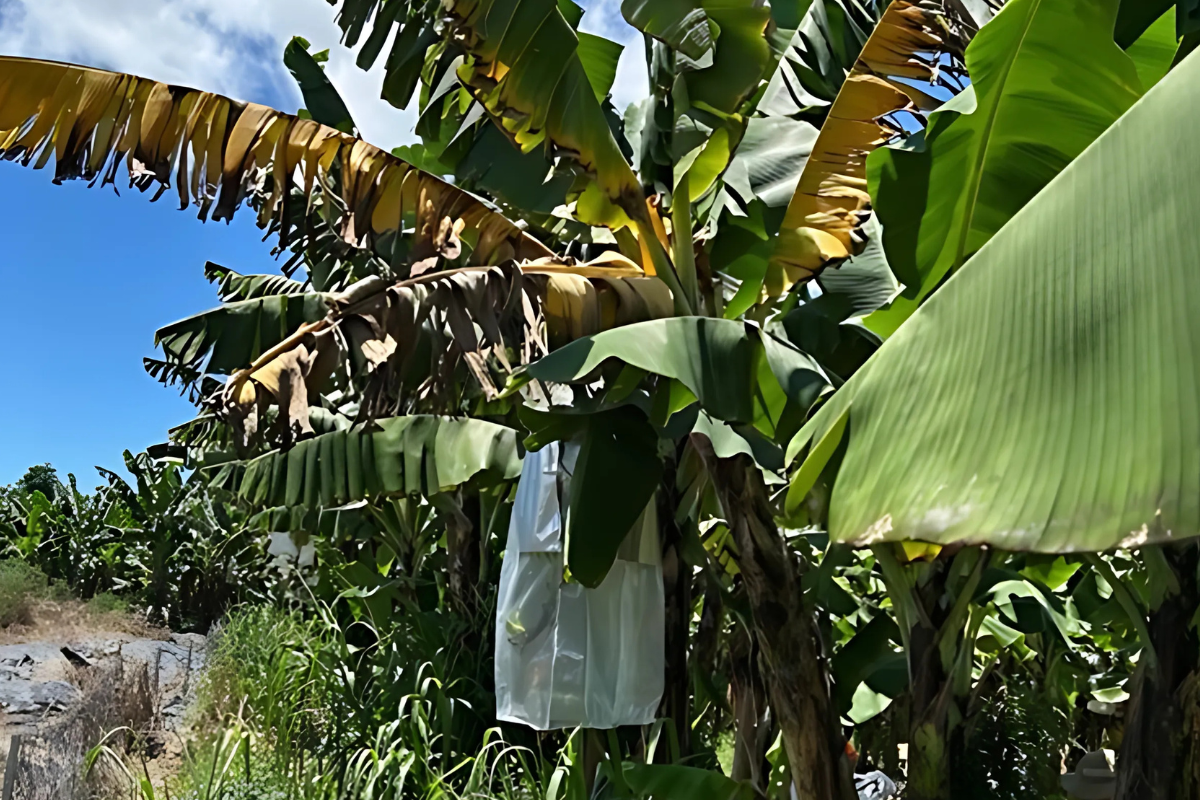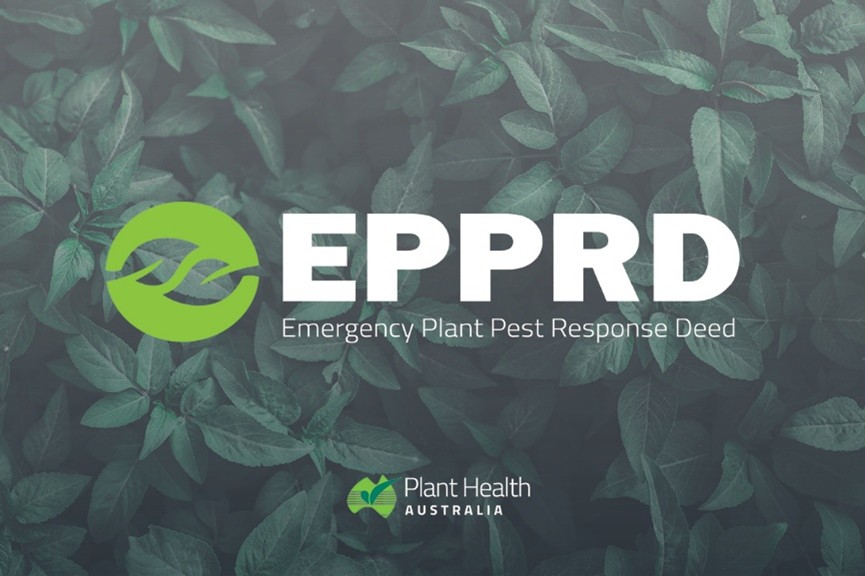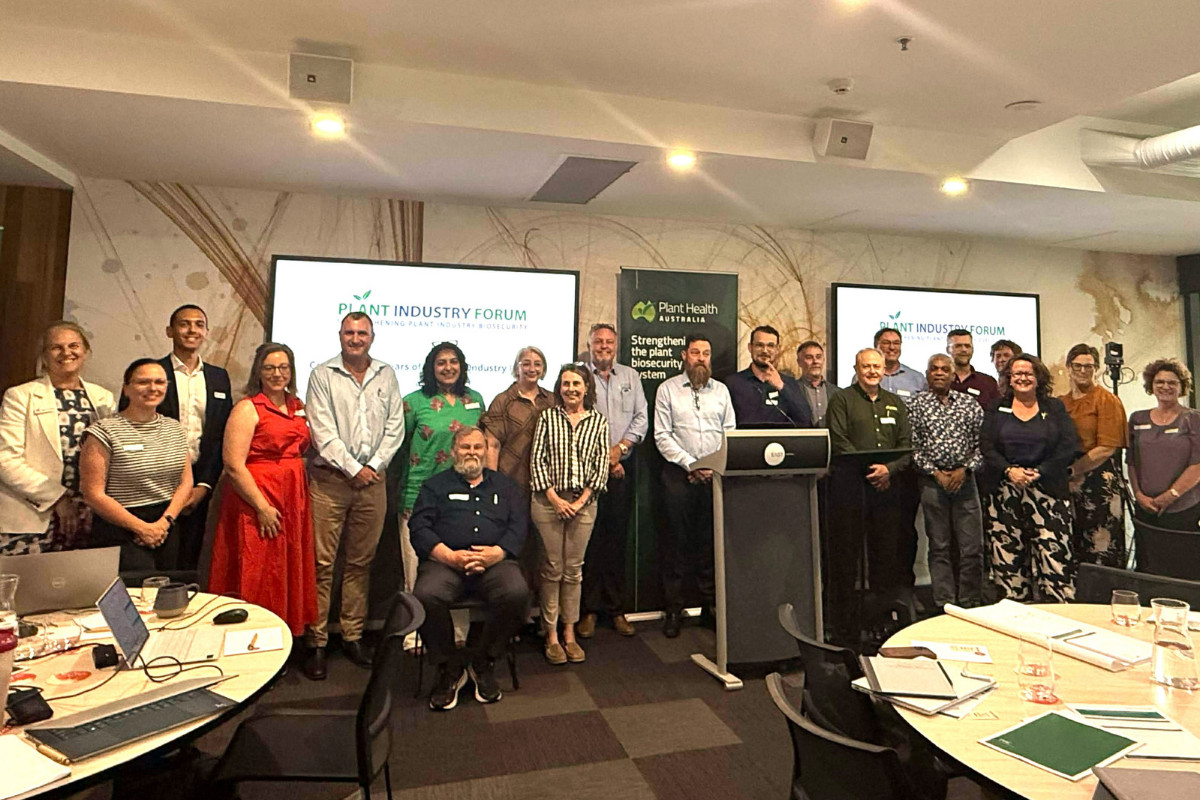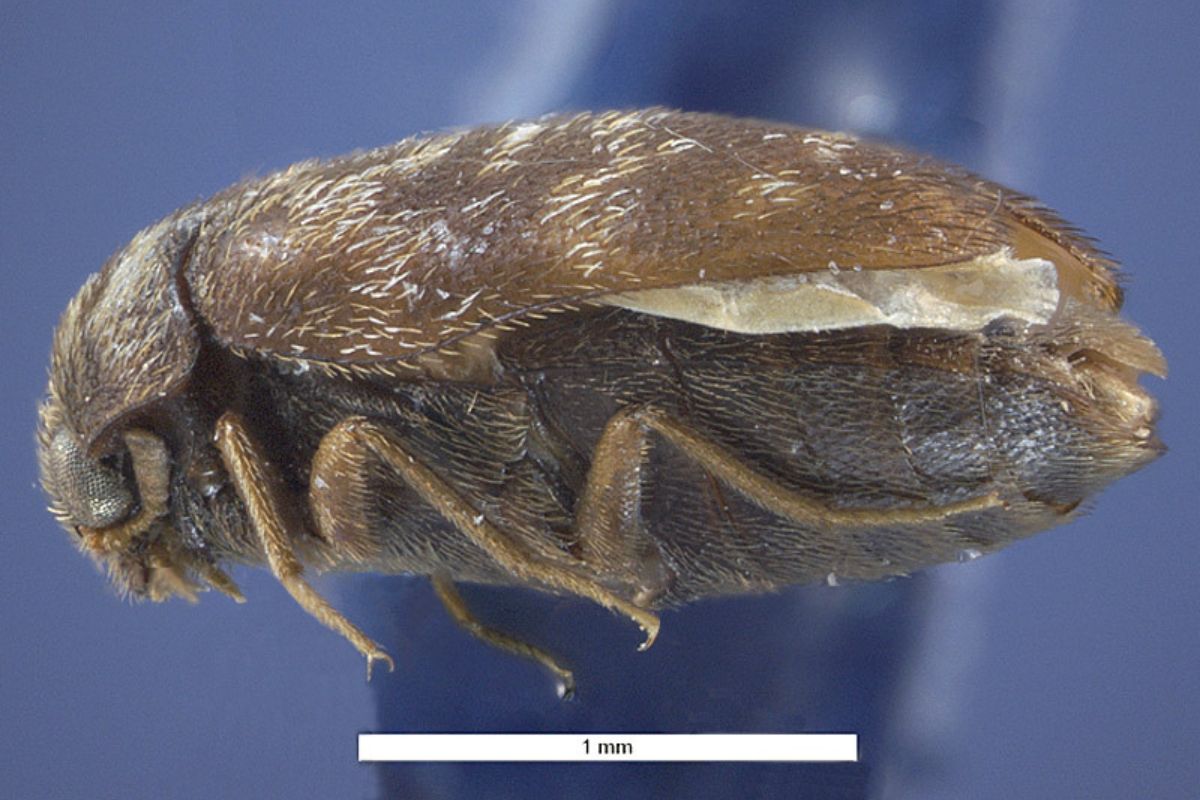Staying a step ahead of TR4
The Australian Banana Growers’ Council (ABGC)’s Surveillance Strategy is a proactive approach to monitoring and managing Panama Tropical Race 4 (TR4) across commercial banana farms.
It’s one of the key achievements of the Grower Support (Biosecurity) program being implemented by the ABGC under the framework of a Memorandum of Understanding (MoU) with Plant Health Australia (PHA).
The strategy aims to detect the disease early, track its spread and ensure growers have the tools to mitigate risk. It forms part of the broader TR4 Disease Management Plan, which works to protect the entire banana industry.
Supporting early detection and confidence
The surveillance program aims to provide early detection of the disease and offer growers confidence about the presence or absence of TR4 on their property. This is particularly important, given TR4’s potential to cause major losses, especially where biosecurity practices are weaker. As such, the ABGC’s surveillance efforts are integral in helping banana growers feel confident in its management.
Surveillance in practice
Surveillance is carried out by trained ABGC Field Officers (FOs) who are authorised to identify symptoms of TR4.
FOs walk through banana farms and visually inspect plants for signs of the disease, covering approximately 80% of a farm’s plants. This helps ensure that any disease symptoms are detected early before they spread to neighbouring farms or larger regions. If a banana farm is not fully developed, surveillance will focus on the perimeter of the farm, providing a comprehensive check for the disease.
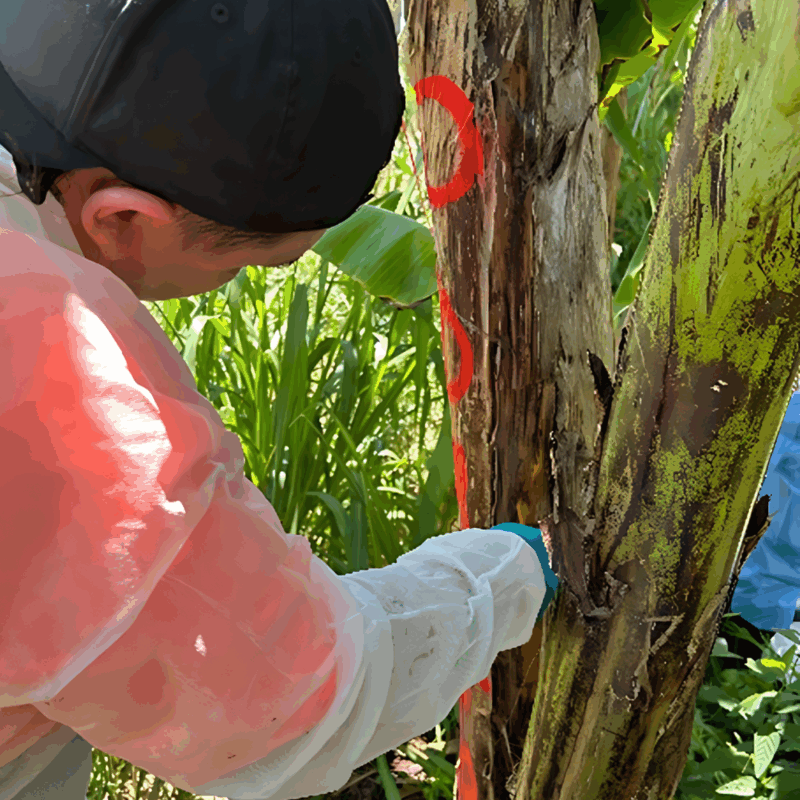
Implementation
The key components of the ABGC surveillance strategy and prioritisation sequence are:
- ABGC surveillance focuses on high-risk properties in the Tully Valley (excluding properties where the disease is already confirmed to be present), as well as areas in the Innisfail region, within a 38 km buffer zone around known infested properties
- other banana farms in the greater Innisfail area and in other growing regions such as the Tablelands, Mareeba and Lakeland are targeted after the buffer zone or where time is available (for example, when weather doesn’t permit activities in the buffer zone)
- growers on properties with TR4 are expected to undertake their own surveillance and must report suspect plants to Biosecurity Queensland, as required under Section 42 of the Biosecurity Act 2014
- an additional surveillance visit to banana properties impacted by a Tully River flood event will occur within the first 12 months, with visits about every 6-months after their previous inspection
- this on-ground surveillance method allows the ABGC to monitor large areas effectively, ensuring that potential outbreaks are identified and addressed before they can spread uncontrollably.
Buffer zones and risk management
A buffer zone has been established around known infested areas in Tully to help prioritise surveillance. This zone acts as a protective buffer to monitor the risk of TR4 spreading. Factors such as water flow, machinery movement and human activity were considered when defining the size of this zone.
ABGC has designed this surveillance strategy based on scientific principles, using data from past experience and modelling techniques to assess the risk of disease spread. This approach allows the team to concentrate resources where they are most needed, ensuring that surveillance efforts are both efficient and effective.
Sampling and diagnostics
If symptoms of TR4 are observed, plants are further examined by FOs, following established standard operating procedures. If internal examination reveals symptoms consistent with the disease, then a sample will be sent to the Queensland Department of Primary Industries (DPI) Plant Biosecurity Laboratory for diagnostic testing, in line with established protocols. Molecular diagnostic tests and vegetative compatibility group testing are used to confirm whether the disease is present.
A risk-based approach to surveillance
ABGC has adopted a risk-based surveillance approach, which considers proximity to known infected areas along with factors such as soil movement, water flow, vectors, and environmental conditions that increase the likelihood of Panama TR4 spreading.
The strategy uses science-based methods to focus on areas most at risk of disease spread. This approach allows ABGC to ensure surveillance is more precise, reducing the impact on farms less likely to be infected.
Surveillance for TR4 is essential for the long-term sustainability of the banana industry. Through early detection and systematic monitoring, the ABGC’s strategy aims to protect both individual farms and the wider banana-growing community.
Ultimately, the science behind surveillance is about creating a balance – helping to protect farmers’ livelihoods while keeping the banana industry sustainable for future generations.
Grower Support (Biosecurity) – formerly known as the TR4 Containment Program – is funded by the Queensland Government and the banana industry, through the Australian Banana Growers’ Council (ABGC), using biosecurity levy funds. ABGC is the peak industry body for the banana industry.
